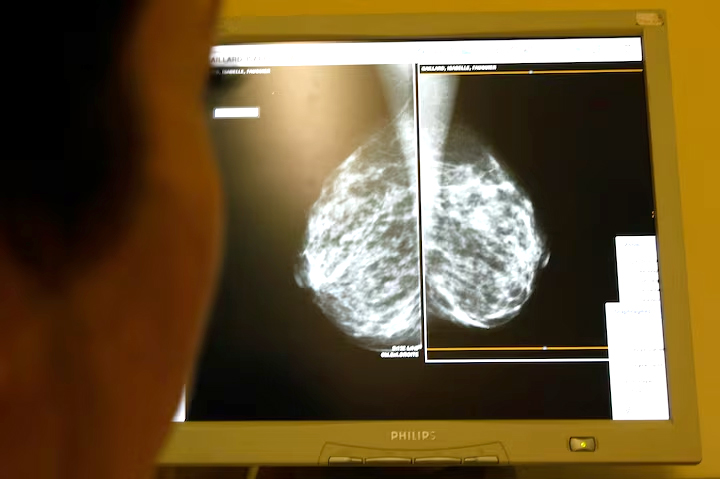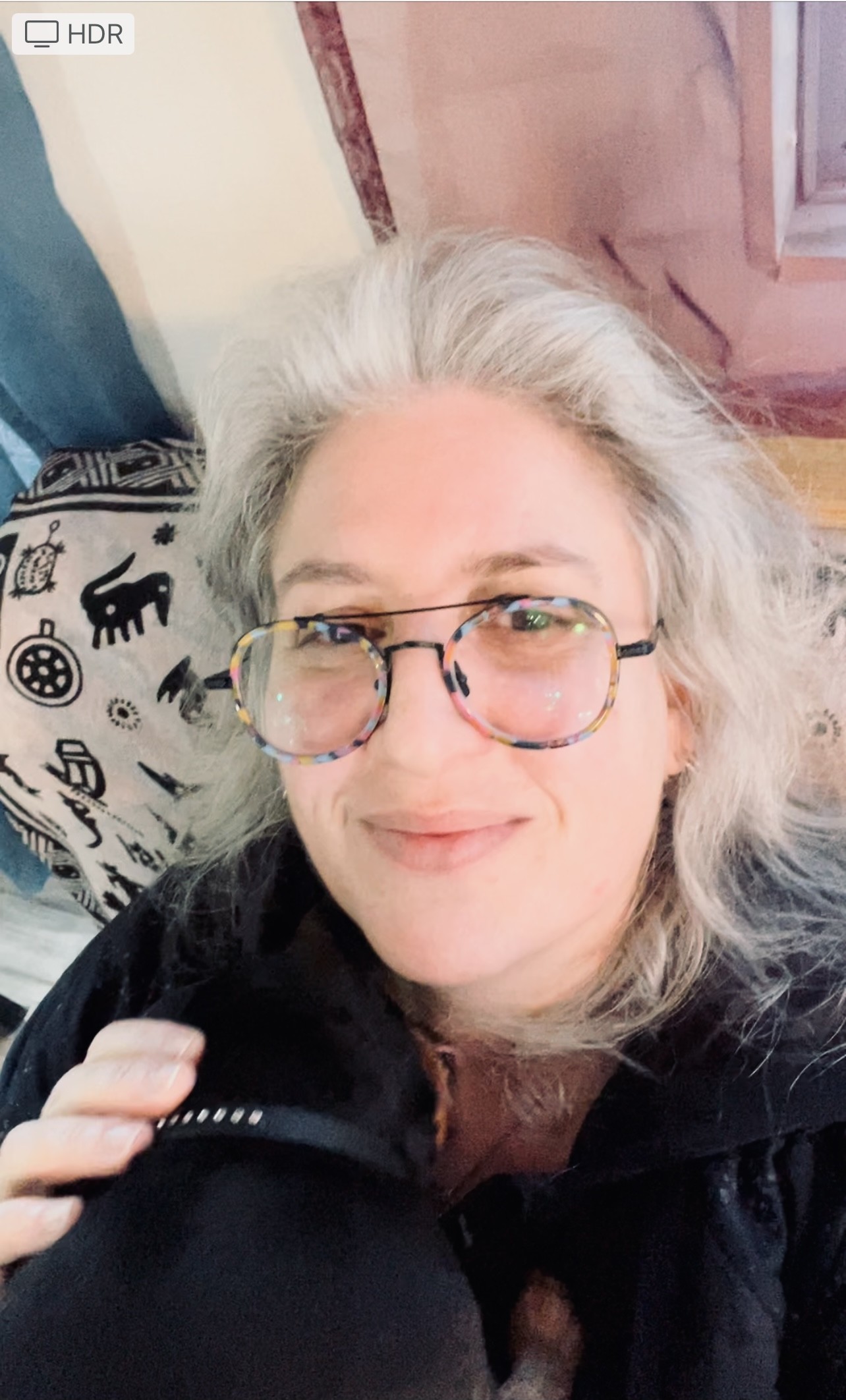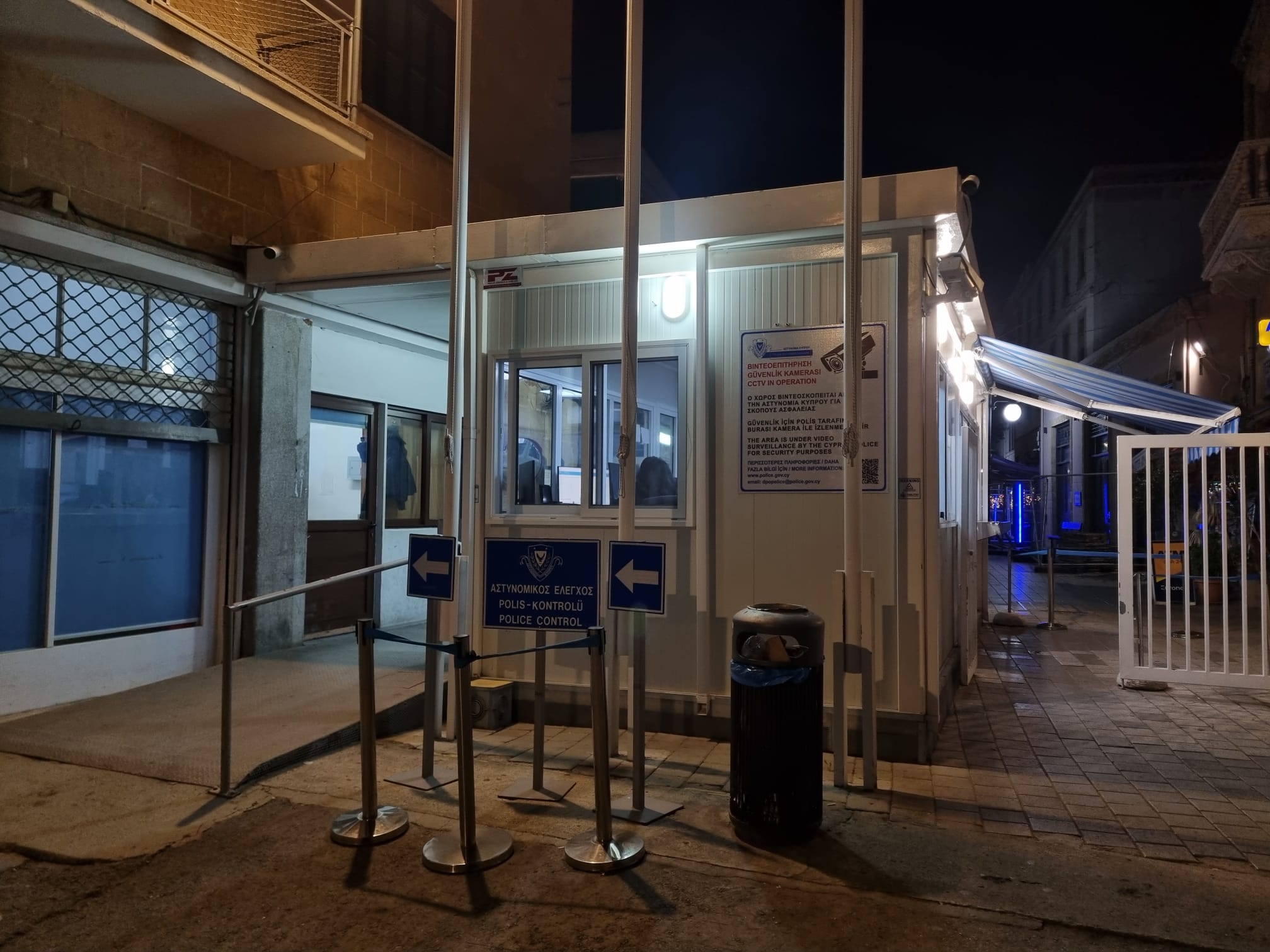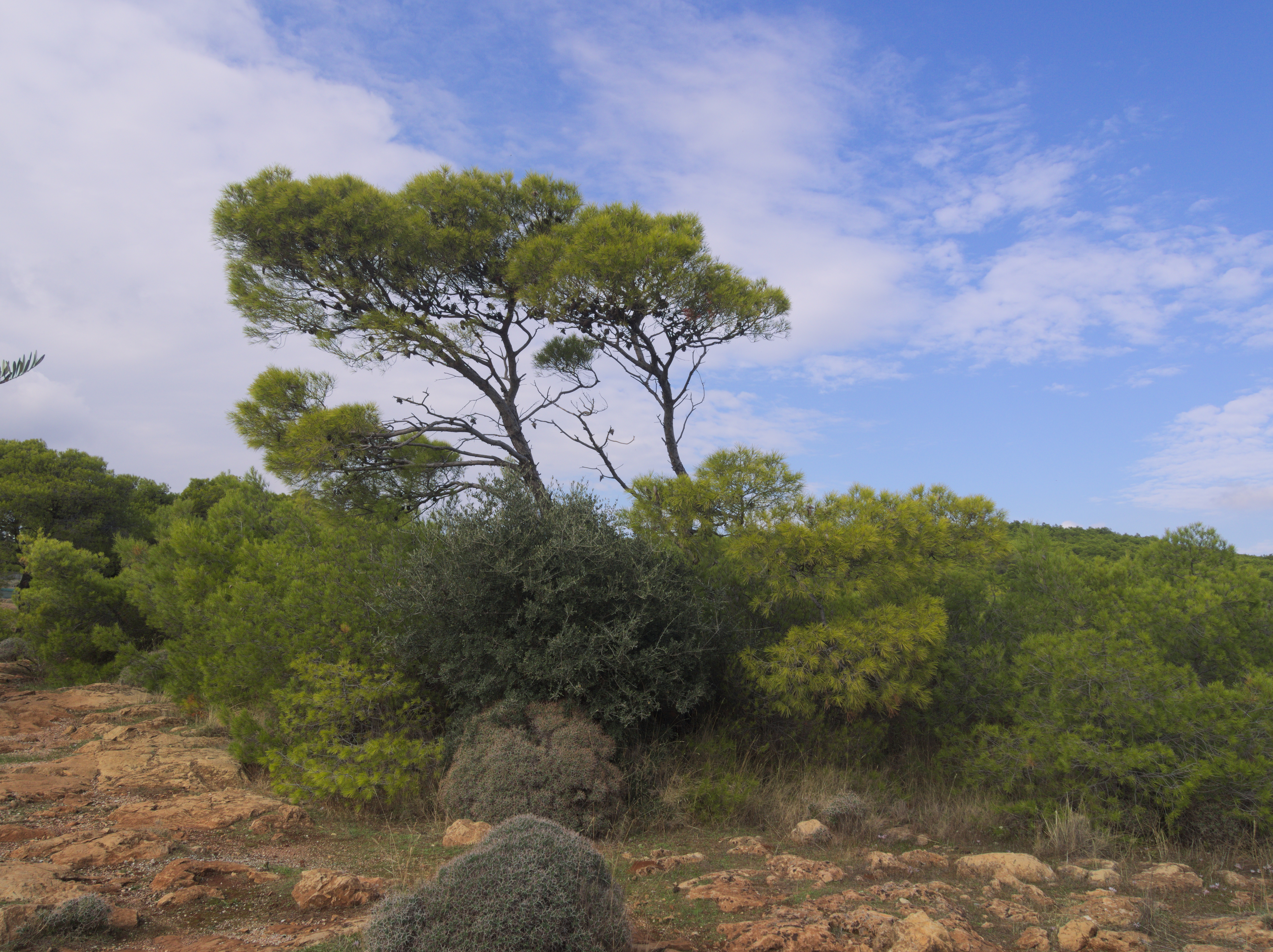A team of Cyprus-led scientists has made a breakthrough in understanding breast and ovarian cancer with a milestone study that distinguishes “innocent” and “dangerous” genetic errors, the Cyprus Institute of Neurology and Genetics (CING) announced on Tuesday.
The study, published in Nature Communications, marks significant progress in the diagnosis and assessment of danger regarding breast and ovarian cancer, allowing for the safer interpretation of mutations in the BRCA1 and BRCA2 genes.
An international team of scientists, led by the CING biostatistics unit analysed data from over 400,000 women from around the world, to determine which genetic mutations in the BRCA1 and BRCA2 genes increased the risk of cancer.
For years now, these two genes have been known for their role in the hereditary predisposition to certain cancers.
However, thousands of mutations in these genes remain “grey areas” for doctors and patients, as it is not known with certainty whether they are harmful.
The team, led by CING professor Kyriaki Michaelidou and first authors Maria Zanti and Denise O’Mahony, in collaboration with leading scientific institutions from around the world, developed a statistical model that allows for the comparison of the frequency of specific mutations in women with or without cancer.
This allowed for them to identify which genetic mutations were associated with increased risk.
Michaelidou said “the results of the study are not just theoretical, but can be applied in clinical practice.”
“Doctors and geneticists can now inform women undergoing genetic testing more accurately about whether they carry dangerous mutations or no […] which allows women to take safer decisions about their health,” Michaelidou added.
CING said the study comes at a time when genetic testing is becoming even more accessible, preventing undue concern and avoiding overlooking real risks.
The institute’s CEO Leonidas Phylaktou pointed out that “the study is yet another important step towards personalised medicine”.
The study can be found here.







Click here to change your cookie preferences